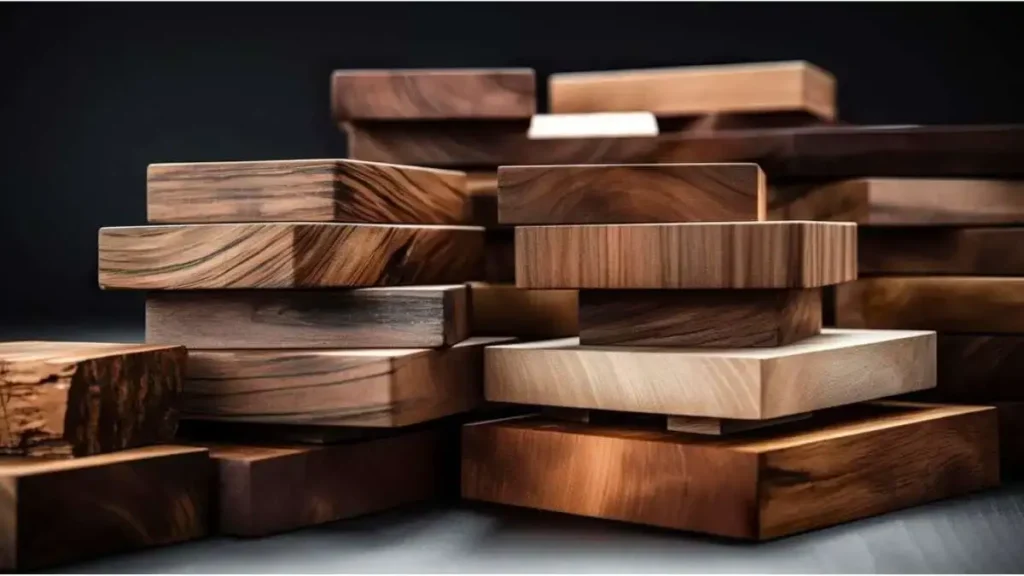What is Plangud?
Plangud refers to wooden planks commonly used in construction and woodworking projects. These planks are typically made from various types of wood, such as oak, ash, and other hardwood species. Plangud planks are available in different thicknesses, widths, and lengths to suit various project requirements.
Additionally plangud refers to wooden planks, specifically in the context of construction and woodworking. various suppliers offer different types of planks, including dried oak and ash, with thicknesses of 50 and 60 mm, and widths ranging from 200 to 400 mm, with lengths of up to 3000 mm. Custom sizes can also be ordered, and prices start from approximately 1400 EUR per cubic meter plus VAT.
Types of Plangud
Plangud planks come in a variety of types, including:
- Dried oak and ash planks
- Untreated planks categorized based on quality
- Custom-sized planks available upon request
The thickness of plangud planks ranges from 50 to 60 mm, while the widths vary from 200 to 400 mm. The lengths can reach up to 3000 mm, depending on the supplier.
Choosing the Right Plangud for Your Project
When selecting plangud for your project, consider the following factors:
- Wood type: Choose a wood species that suits your project’s needs, such as oak for its durability or ash for its unique grain patterns.
- Thickness: Determine the required thickness based on the structural integrity and design of your project.
- Width: Select a width that fits the dimensions of your project and allows for efficient use of materials.
- Length: Choose a length that minimizes waste and allows for easy handling and installation.
- Quality: Opt for planks with minimal defects, such as knots or color variations, depending on your project’s requirements.
Benefits of Using Plangud in Construction and Woodworking
Using plangud offers several advantages in construction and woodworking projects:
- Durability: Hardwood planks like oak and ash are known for their strength and resistance to wear and tear, making them ideal for long-lasting projects.
- Versatility: Plangud can be used in a wide range of applications, from structural elements to decorative features, depending on the project’s needs.
- Customization: Custom-sized planks allow for precise fitting and minimize waste, making projects more efficient and cost-effective.
- Natural beauty: The unique grain patterns and colors of different wood species can add visual interest and character to your projects.
Caring for Your Plangud
To ensure the longevity and performance of your plangud, follow these care tips:
- Store planks properly: Keep planks in a dry, well-ventilated area to prevent moisture damage and warping.
- Handle with care: Avoid dropping or dragging planks, as this can cause dents, scratches, or other surface damage.
- Clean regularly: Wipe down planks with a damp cloth to remove dust and debris, and use a mild wood cleaner if necessary.
- Apply protective finishes: Consider applying a clear sealant or varnish to protect the wood from moisture, UV damage, and wear.
- Repair promptly: Address any cracks, splits, or other damage as soon as possible to prevent further deterioration.
Conclusion
By understanding the basics of plangud and following best practices for selection, care, and use, you can ensure successful and satisfying projects in construction and woodworking. Remember to always prioritize safety, follow manufacturer instructions, and consult with professionals when necessary.
Also Read: Joyous Laughter NYT: The Joy of Crossword Puzzles
FAQs
What is the average cost of plangud?
The cost of plangud varies depending on the wood type, size, and quality. On average, prices start from approximately 1400 EUR per cubic meter plus VAT.
Can plangud be used outdoors?
Yes, it can be used outdoors, but it’s essential to choose a weather-resistant wood species and apply appropriate protective finishes to prevent damage from moisture, UV exposure, and weathering.
How do I cut plangud to size?
You can cut plangud to size using various tools, such as a table saw, miter saw, or circular saw. Always follow safety guidelines and use appropriate personal protective equipment when operating power tools.
Can plangud be stained or painted?
Yes, it can be stained or painted to achieve a desired color or finish. However, it’s important to prepare the surface properly by sanding and applying a suitable primer before applying the stain or paint.
How do I dispose of old or damaged plangud?
If your plangud is beyond repair, you can dispose of it through your local waste management system. Moreover check with your municipality for specific guidelines on disposing of wood waste, as some areas may have special requirements or recycling programs in place.












